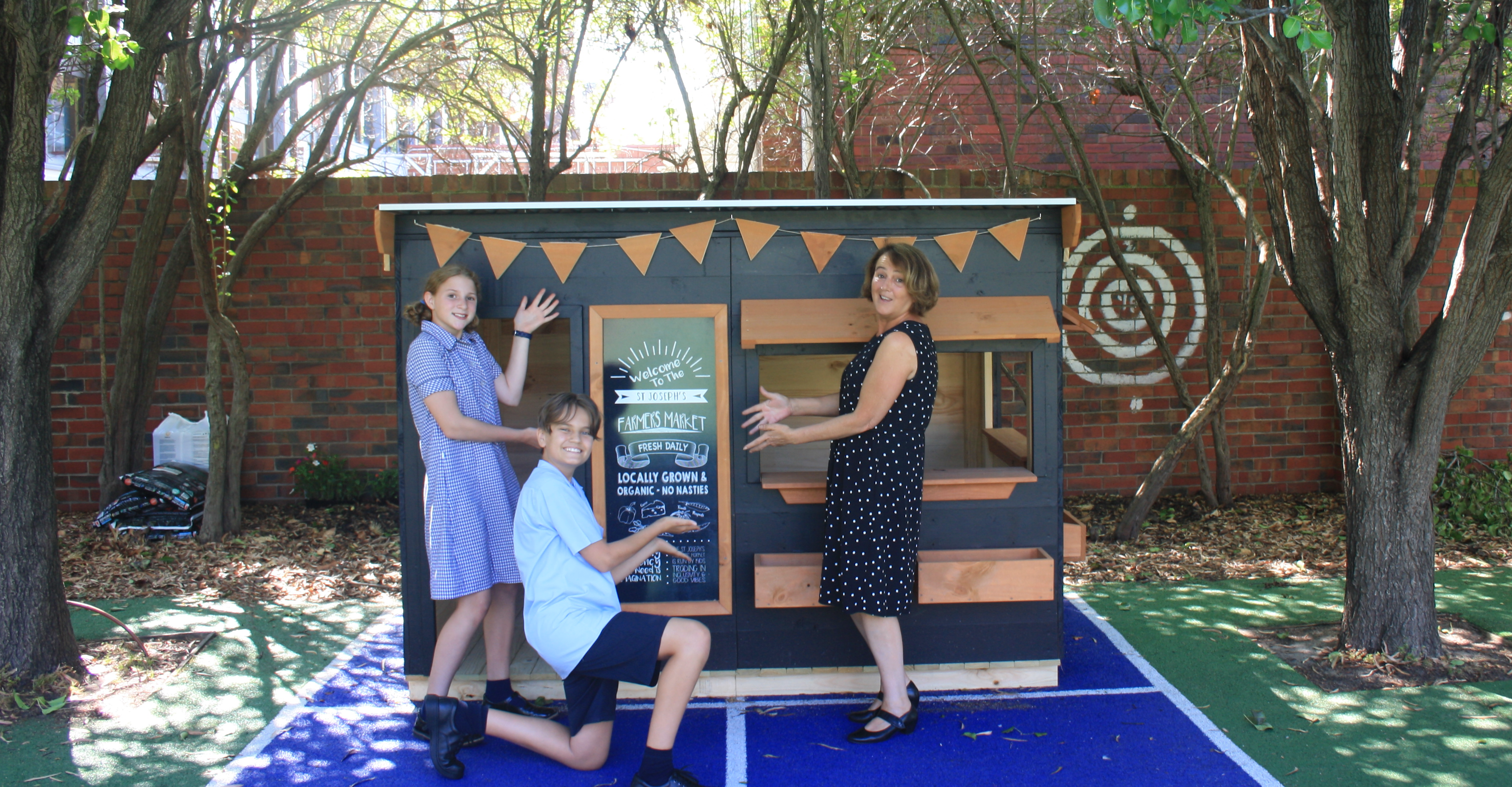We are all influenced by our surroundings and as we explored in our previous post, the various ‘spaces’ in our lives are often defined by the activities we do in them. A Smiling Mind Space provides a designated space for mindfulness and social and emotional learning. A space that reminds us of our intention to be more present, curious, and connected to ourselves and others. The question is, which Smiling Mind Space is right for your school?

Choosing a Smiling Mind Space
1. Size isn't an issue
We know that primary schools are busy places and that space can be hard to come by. This is why the Smiling Mind Spaces Toolkit provides inspiration for space of any size, budget, or schedule. Feel free to adapt our suggestions. We want you to explore the ideas that work best for you in whatever space you have available.
2. Be collaborative
One of the goals of Smiling Mind Spaces is to foster a sense of inclusion, ownership, and motivation among school communities – students, educators, parents, and carers – to engage with mindfulness. As such, we recommend being as collaborative as is feasible when deciding on the theme (see below) for your Smiling Mind Space. This can support buy-in and motivation when it comes to using the space once it’s completed.
3. Alignment
You might like to align the theme of your Smiling Mind Space with an existing topic of focus at your school. Perhaps ‘resilience’, for example, is
a core pillar of your Personal and Social Capability curriculum. Alternatively, you may wish to align your space with one of your school values.
For example, Richmond West - an inner Melbourne primary school that recently created its Smiling Mind Space - chose ‘awareness’ as their theme as it aligns nicely with the school's values of respect and understanding (awareness being a fundamental mindfulness skill and mindset which helps develop an understanding of self and others). Read more about Richmond West’s space here.

Themes to choose from
The Toolkit is divided into five core themes from the Smiling Mind Mindfulness Curriculum – awareness, the senses, a curious mind, gratitude and resilience. Within each theme, you’ll find practical suggestions for:
- Where you could create a Smiling Mind Space at your school
- Smiling Mind meditations and activities for students and educators
- In-school activities and informal mindfulness practices for each space
- A unique paint colour palette, inspired by Dulux, and how to use the palette
Let’s take a quick look at each theme now.

Smiling Mind Space One - Awareness
This space is dedicated to the development of self-knowledge and self-perception – two foundational mindfulness skills. At Smiling Mind, we define mindfulness as “the awareness that arises from paying attention to the present moment with openness, curiosity and without judgement”.
In busy primary schools, we simplify that to mean…being right here, right now. With practice, mindfulness helps students better regulate their emotions, connect with others and pay attention more consistently.
Smiling Mind Space Two - The Senses
This space is dedicated to fostering social and self-awareness by increasing sensory awareness. Our senses provide an instant doorway into mindfulness. Noticing what we can see, hear, smell, feel and taste, in any given moment, brings us into the present. We start to notice more details of the world around us, the people, places and events of our lives. As a result, our lived experience becomes richer.
Smiling Mind Space Three – Gratitude
This space is dedicated to the understanding of what it means to be grateful. Practicing gratitude helps us to focus on taking in the good. It helps us to view life’s challenges with a more balanced perspective, building our resilience and a feeling of satisfaction. In students, practicing gratitude can lead to greater empathy and allow us to build stronger, more meaningful relationships.
Smiling Mind Space Four – A Curious Mind
This space encourages curiosity. Sometimes referred to as a “beginner’s mind”, curiosity is an essential attitude when it comes to mindfulness and involves being able to see things with fresh eyes, outside of our biases, judgements and habitual thinking. Developing curiosity also helps students slow down and focus their attention, which can improve their social and emotional learning as well as academics.

Smiling Mind Space Five – Resilience
The fifth and final space is focused on the ability to bounce back from setbacks and learn from mistakes. Resilience is seen in how we respond to life’s challenges and the strong and difficult emotions that often accompany them. F
or students, developing resilience means learning to see setbacks as an opportunity to grow and learn from the experience. It’s also a way of normalising failure and it helps us to work with our emotions in helpful ways rather than avoiding them.
Note: Regardless of theme… All Smiling Mind Spaces provide a dedicated space to run any lesson from the Smiling Mind Curriculum, practise a meditation with other educators or student groups, informal mindfulness-related activities, or to simply check in with how you’re feeling during the day.

Create a dedicated mindfulness space in your school with our FREE downloadable Toolkit, developed in collaboration with Dulux colour experts.



.jpg)








.jpg)





